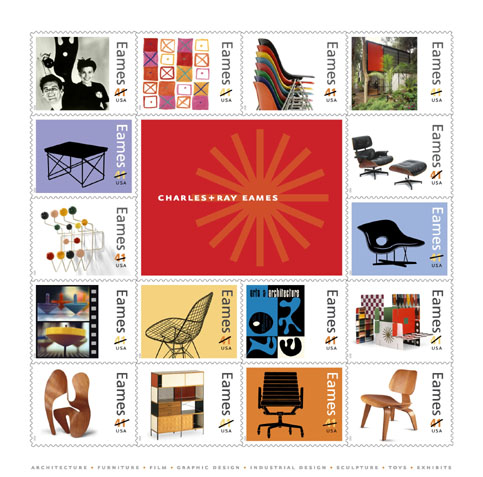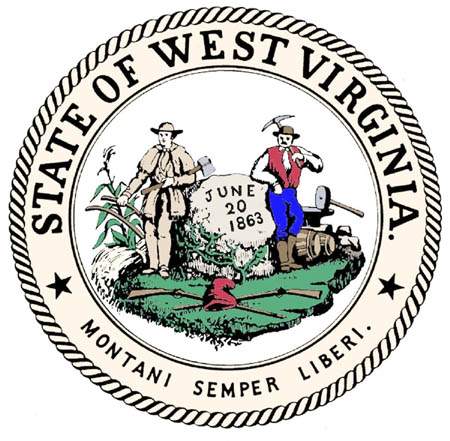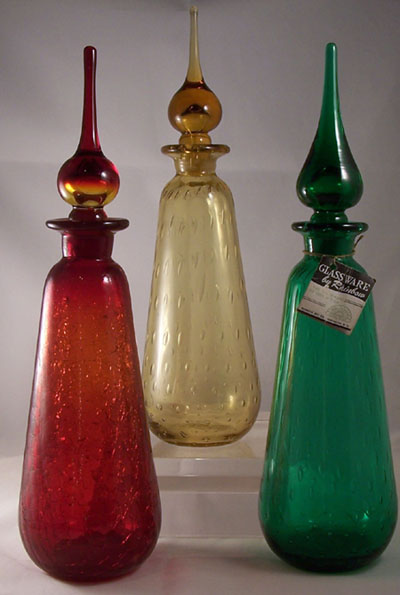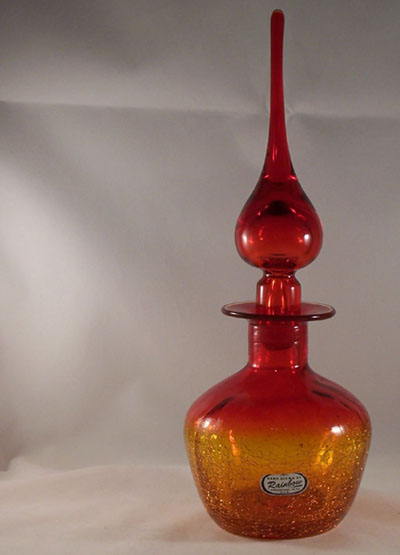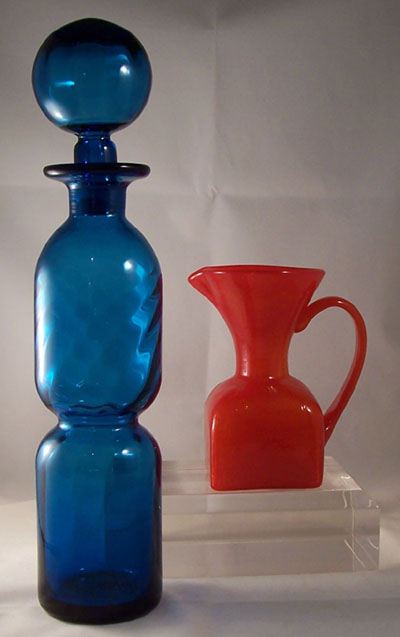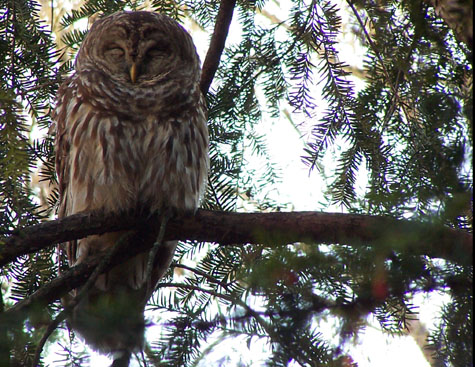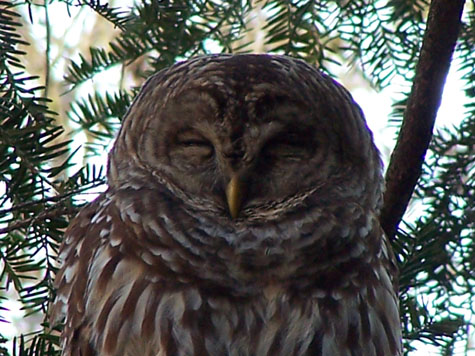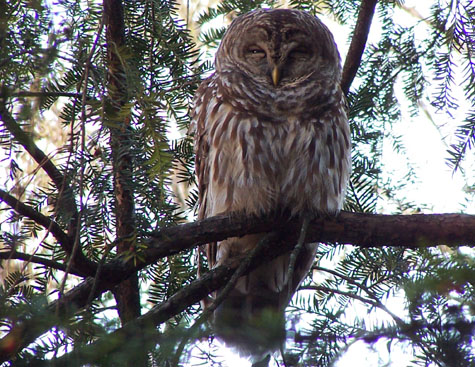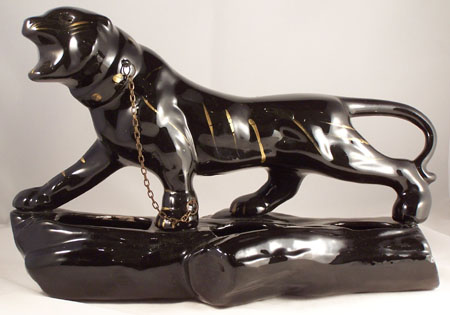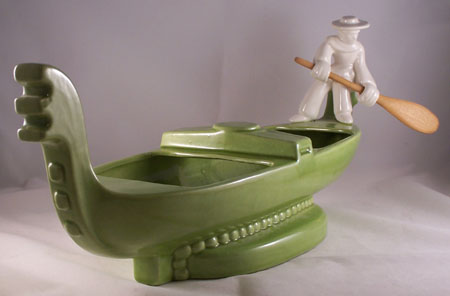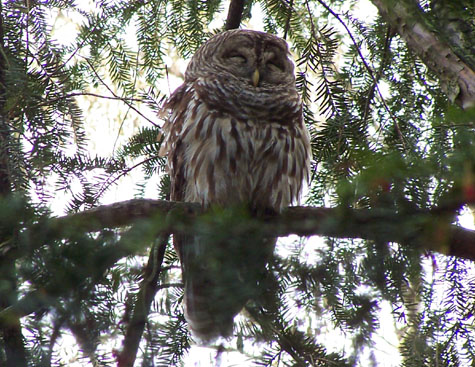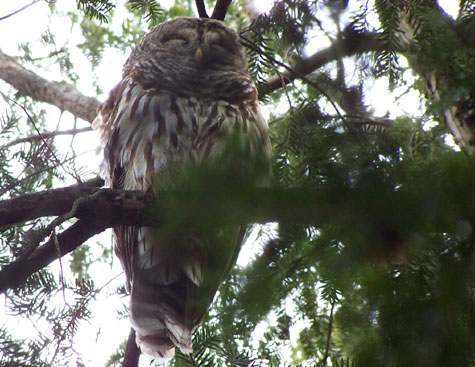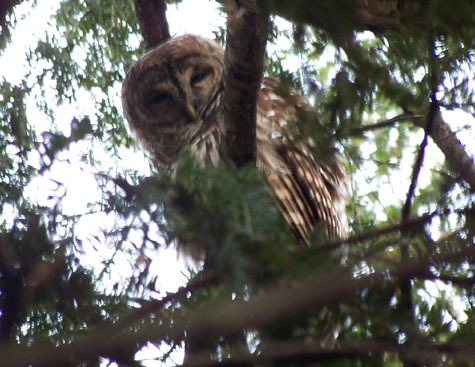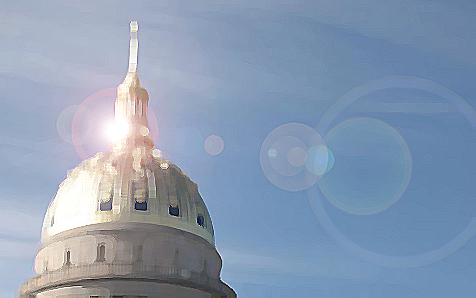
Randall Reid-Smith, the commissioner of the West Virginia Division of Culture and History, appeared before the Senate Government Organization Committee today to discuss the status of remodeling and expansion plans for the state’s Cultural Center at the Capitol Complex. While I have followed with a bit of interest posts in another blog about the issues surrounding the Cultural Center I must admit it has been a bit like gawking at a train wreck.
I have utilized the Cultural Center over the years on a limited basis – occasionally using the library, attended concerts in the performance hall and, when there was one, often took out-of-town visitors to the basement museum. I generally enjoyed my visits but frankly don’t think about the place much. I suppose I’m not much different than many West Virginians in that regard.
Now do not get me wrong – I feel the Cultural Center is important and the archives they hold are precious. I also strongly support many of the functions of the Division of Culture and History – like historic preservation. However, if I were to make a list of the major problems facing the state I can not imagine anything to do with this facility or the agency it houses would be anywhere near the top of the list. But that’s just me.
All that said, I do have an strong interest in good, efficient and responsive government. That interest, and the opportunity, led to my attending the legislative committee meeting held today even though I really don’t, as they say, have a “dog in the fight.”
Randall Reid-Smith opened with a prepared statement in which he discussed the “options” being explored which included having food service and a gift shop either on the 1st Floor of the Cultural Center or in the yet-to-be constructed Atrium. He stressed that “experts” were looking closely at all of the options. Food preparation would not occur at the Cultural Center but rather at the new Capitol Food Court and transported across the grounds to the facility. He asserted several times that no “final decisions” had been made and that any plan, once completed, would have to be approved by the Capitol Building Commission.
Reid-Smith told the committee that the food service would not compromise the archival of state records and artifacts and stated that the “National Archives has food service.”
He wound up his formal presentation be saying that this is a “customer service administration” and that the goal was to provide “the best customer service to all West Virginians.”
At one point during his prepared statement, Mr. Reid-Smith showed the committee the original architectural drawing of the Cultural Center prepared in 1974 to demonstrate that the Atrium, along with a circular drive, were all part of the original plan. When instructed by the committee chair, Senator Ed Bowman, to turn the drawing around so that the spectators could see it Mr. Reid-Smith flipped the drawing around for a split second and then faced the committee again. Senator Bowman asked him again to show the drawing to the crowd and Reid-Smith did – half-hearted and with a pained expression on his face. Senator Bowman gently told him to be nice to which Reid-Smith snapped back, “I am nice.”
It seemed from my perspective that most of the people in attendance didn’t quite feel that way. Perhaps it was the visible contempt Mr. Reid-Smith showed for the mere citizens who were in the audience.
The commissioner then was asked a number of questions by the committee members. In response to a question from Senator Dan Foster, Reid-Smith detailed the timetable for the construction of the new museum. He stated that construction began on January 2nd and it was anticipated to take 15 months. He stated that a request for proposals for the “fabrication” was to be released this Thursday and that work should begin on that portion of the project by March 1st. He made clear that this was the timeline for the museum – not for the cafe/ gift shop.
The most pointed questions came from Senator Eric Wells who first asked if he was aware of how the National Archives protocols for archived materials differed from the ones in use by the Division of Culture and History. Mr. Reid-Smith quickly replied that he had never been to the National Archives. He then added that the Cultural Center was sprayed for bugs and vermin monthly.
Senator Wells also asked that, if given a choice, would Reid-Smith put in food service or add a more secure manuscript room to which the commissioner replied – “I’d do both.” Wells again asked this – that if he had to choose one or the other which would he choose. Again Reid-Smith stated “Both.”
The meeting wrapped up with the following series of questions from Senator Ed Bowman, the chair the committee, to Commissioner Reid-Smith:
Q. Has a final plan been approved?
A. No
Q. Before any plan is accepted it must be approved before the Capitol Building Commission?
A. Yes
Q. Meetings of the Capitol Building Commission are open to the public?
A. Yes
Q. In any proposal, is it being considered to move the archive storage from the 3rd and 4th floors of the Cultural Center?
A. No
Q. Have professional archivists been consulted and utilized in developing the options?
A. Yes
And that was it. The committee adjourned.
I am sure the news media will have a great deal more to report on this – especially regarding the specifics of Mr. Reid-Smith’s prepared statement as copies were made for committee members. Rest assured some enterprising reporter was going to get their hands on a copy.
While I don’t regularly follow the activities of the Division of Culture and History the opportunity presented itself to me to attend this meeting. I am certainly not well versed enough on all of the issues to formulate a concrete opinion on what seems to be a governmental quagmire.
I do have concerns about – and question the need for – a cafe or any food service at the Cultural Center. It seems risky to the integrity of the archives and not needed with a brand-spanking new food court in the basement of the Capitol.
It did seem as though Mr. Reid-Smith wants one though – and he strikes me as someone who is not used to being questioned regarding what he wants.
Hopefully, cooler heads will prevail and this will be looked at logically and with an eye towards what this agency is supposed to be about – the preservation of our state historical treasures and to foster cultural development in West Virginia. We will see…
